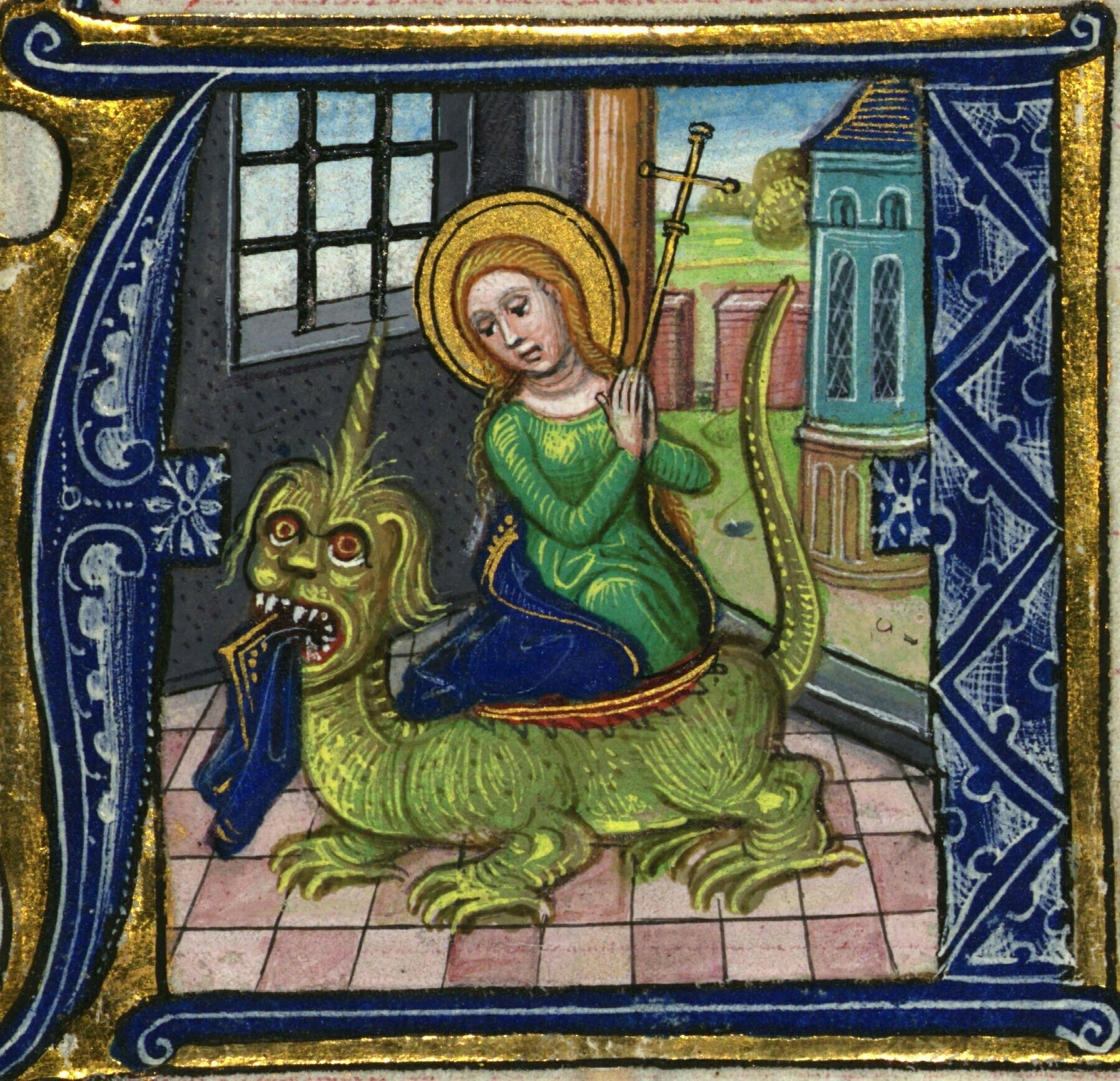Technology is a means of spreading misinformation, not the cause of misinformation

As a technologist and educator (former History teacher!) who wrote his doctoral thesis on digital literacies, this article couldn’t be any more in my sweet spot if it tried. Dr Gordon McKelvie talks about his British Academy project about misinformatoin, focusing on queens “because they were prominent enough figures to be spoken about and blamed for the country’s ills.”
Although only coined in 2013, Brandolini’s law has always been in full effect: “The amount of energy needed to refute bullshit is an order of magnitude bigger than that needed to produce it." At least we live in a time when things can, in theory, be rebutted and debunked quickly. Back in medieval times, people would believe misinformation for years — if not their entire lives.
While a focus on the immediate problems confronting democratic states dealing with the spread of conspiracy theories is essential, we should not lose sight of the fact that misinformation was around long before the internet. If we look back into the distant past, we see the spread of conspiracy theories have been a common feature throughout human history. Technology is a means of spreading misinformation, not the cause of misinformation. […]
A key finding has been that fake news often becomes accepted historical fact. An example that illustrates this is the death of Anne Neville, wife of the infamous Richard III. We do not know the exact cause of her death, but it was probably natural causes. One contemporary source, however, claimed that the king needed to deny poisoning her in order to marry his niece. This is the only near-contemporary reference to such an event, written by the hostile Crowland chronicler . By the time Shakespeare was writing his ‘The Tragedy of Richard III’ a century later, this had become an accepted historical fact. Here, we see something that began as a piece of misinformation in the fifteenth century transformed into an accepted historical fact in the sixteenth century. […]
When we look elsewhere in medieval Europe, we see other examples of misinformation premised on existing prejudices. During the First Crusade, mistrust between the Catholic crusaders and the Greek Orthodox Byzantine Empire led to conspiracy theories that the Byzantines were colluding with Muslims against their fellow Christians. When the first wave of the Black Death hit Europe in 1348, Jews were thought to have spread the disease by poisoning wells, simply to kill Christians. In both examples, pre-existing beliefs and fears meant that misinformation and conspiracy theories flourished quickly. […]
Misinformation was a key feature of medieval politics and society. Examining the spread of fake news, or conspiracy theories, in the centuries before even the printing press, never mind the internet, helps us understand how they flourish and their appeal. […]
Historians have an important part to play in fleshing out our understanding of misinformation. We are indeed living in an age of mistrust, but certainly not the first, and almost definitely not the last.
Source: The British Academy
Image: Walters Art Museum